The Cascadia subduction zone is a giant fault off the coast of the Pacific Northwest, where the Juan de Fuca tectonic plate plunges under the North American plate, building strain throughout the region and prompting fears of ‘The Big One’ when it explodes.
And right below central Oregon, it appears that a chunk of the Juan de Fuca plate is missing. And we certainly would like to know how it may affect the surface or even if it may help building the overdue Cascadia Earthquake.
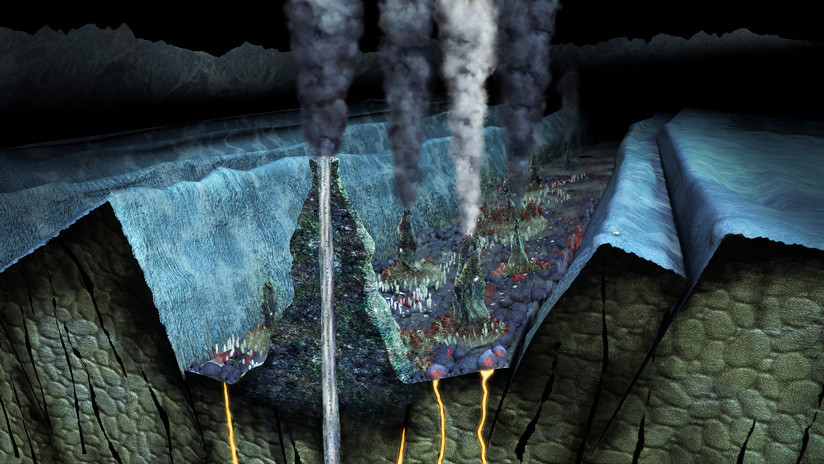
Now, in a new geological study of the region, geoscientists have suggested that the missing piece is not just a hole, but a giant crack that is splitting the plate apart at least 93 miles beneath the surface. In other words, the Juan de Fuca plate is dying under central Oregon.
Root of a number of hazard
Although it seems that this little tear is a long way down, its presence could be the root of a number of hazards at the surface such as earthquakes and volcanism in southern Oregon and northern California:
- As the southern limb of the split rotates away, its motion could be the cause of strong earthquakes that rattle off the coast of southern Oregon and northern California.
- Such a tear could also explain a string of curious volcanism that swoops across a broad swath of Oregon.
Final moments of a plate tectonic
The new study also gives scientists a sight into the final moments of a tectonic plate’s life. The Juan de Fuca is one of the few remaining fragments of the once mighty Farallon plate, which North America began languidly consuming some 180 million years ago as the supercontinent Pangea broke apart.
What happens when such plates are swallowed up is still unknown – but it’s a fate that awaits all of the planet’s oceanic plates.
“What we are looking at right now is the death of an oceanic plate,” the main author of the study says.
The final piece of the puzzle is the volcanism
A string of volcanoes called the High Lava Plains stretches across southern Oregon and spouts an odd combination of magmas:
- Some are silica-rich, forming light-colored rocks known as rhyolite
- Others are rich in magnesium and iron, forming jet-black rocks known as basalts
- A tiny amount also has a composition in between these magma types
This is surprisingly similar to the contrasting magmas that long ago erupted from the nearby Yellowstone volcanoes, and the light-colored rhyolites of both systems change in age from one end of the volcanic chain to the other.
Yellowstone’s volcanoes are the result of an underlying magmatic hotspot, which is thought to sit largely stationary as the North American plate slowly drifts to the southwest. This results in a line of eruptions growing progressively older in the same direction.
The issue is that it’s going the wrong direction in the High Lava Plains, with the rhyolitic rocks growing progressively older as you move toward the east. Researchers have previously devised a number of scenarios to explain this oddity, but no solution has been perfect.
The new model may solve everything… Intriguingly, the youngest zone of the High Lava Plains sits just above the tip of the tectonic tear. As this tip propagated through the plate’s weak zone toward the west, mantle upwelling might have melted the crust above, resulting in explosions of rhyolitic magma that follow the age progression seen at the surface.
Although not answering all geological anomalies in the region, this new study introduces a new hypothesis about what’s lurking beneath Oregon.
But if we don’t understand how those processes worked in the past, then our chances of seeing what’s happening today and understanding how that might evolve in the future are zero. And be prepared for the next Cascadia Big One… Because it is overdue!


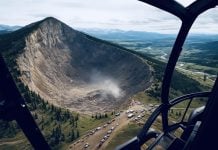
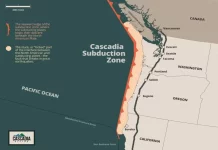


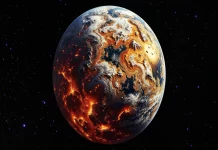
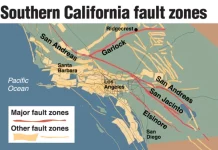
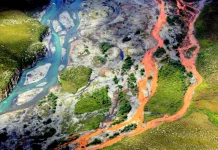
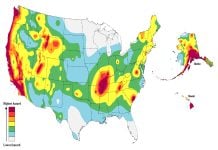
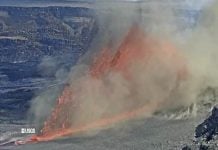


Regardless of what happens, it will be Trump’s fault!
How can they possibly say “a chunk of the Juan de Fuca plate is missing?” If the movement is occurring over 180 million years, how can they really know…with certainty…that it was even “there” to begin with? And where, exactly, is “there?” They are apparently assuming this “chunk,” which they can’t see, should be in a specific spot, predicted from observation of Earth’s behavior over a glimpse of a few decades – a geological millisecond – assuming it represents *exactly* the same behavior over the last 18 THOUSAND decades, then just hitting the rewind button expecting it to appear?? This scientist should write fantasy novels.
the problem is the pavlovian attachment to millions of years. This stupidity prevents the use of observible science.